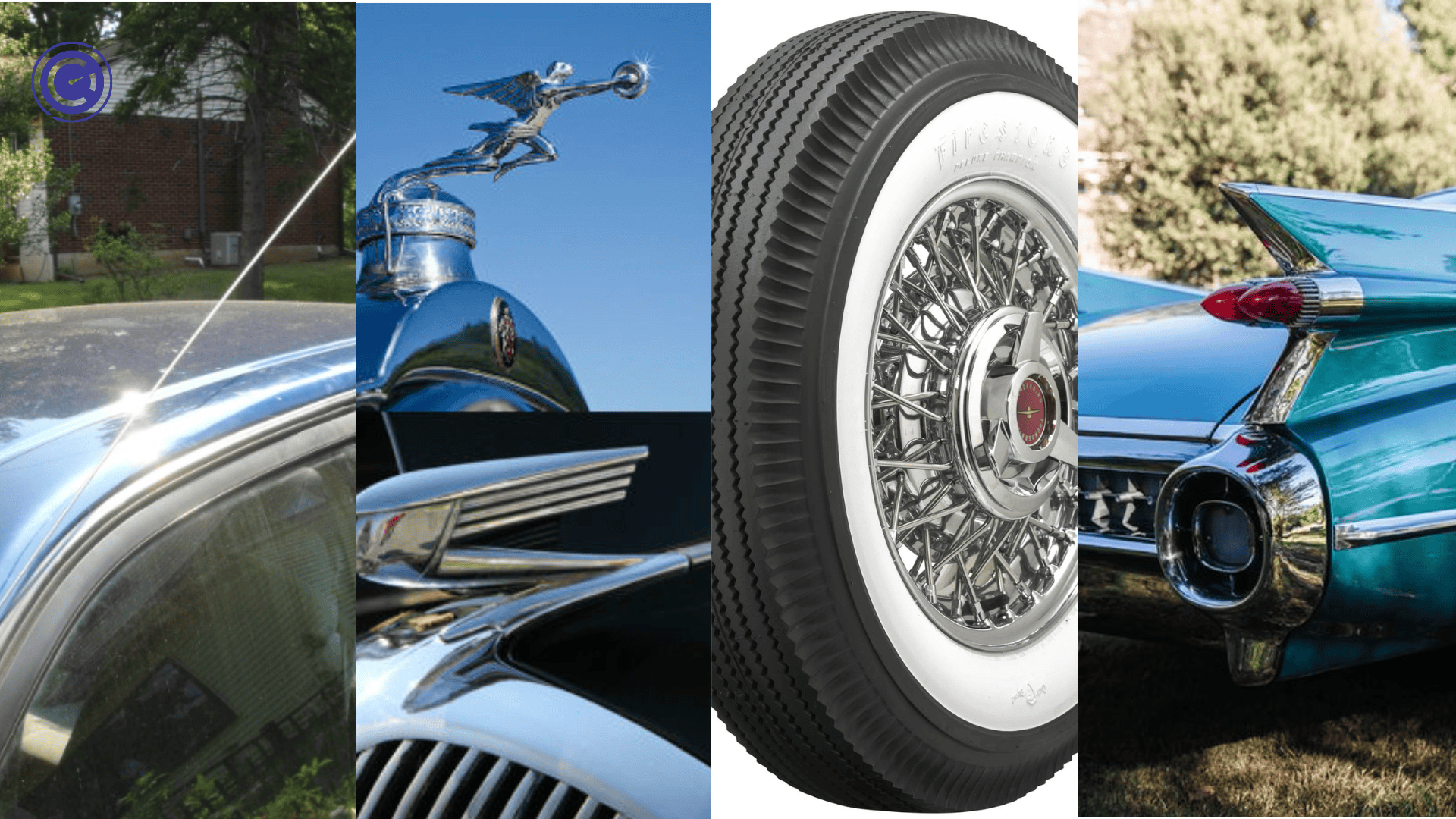As technology continues to advance at an astonishing pace, the automotive industry has witnessed a remarkable evolution in the features and functionalities of vehicles. From the early days of the automobile to the modern era, countless innovations have shaped the driving experience and propelled the industry forward. However, amidst this rapid progress, certain car features that were once considered cutting-edge have become obsolete, giving way to newer technologies and changing consumer demands.
In this article, we delve into the fascinating realm of automotive history, specifically focusing on the transition and disappearance of once-prominent car features. From the humble beginnings of manual starting cranks to the sophisticated systems found in today’s vehicles, the journey of obsolete car features offers a glimpse into the ever-changing landscape of automotive design.
One of the key reasons for the obsolescence of car features is the relentless march of technology. Innovations such as electric starters, fuel injection systems, and automatic transmissions have revolutionized the way we interact with our vehicles. These advancements have not only enhanced convenience but also improved safety, efficiency, and performance. As a result, obsolete features like starting cranks, carburetors, and manual transmissions have gradually faded into automotive history, replaced by more efficient and user-friendly alternatives.
Furthermore, evolving consumer preferences have also played a significant role in rendering certain features obsolete. As lifestyles and driving habits change, so do the expectations of car buyers. The demand for comfort, convenience, connectivity, and safety features has led to the decline of older technologies like running boards, wing windows, and non-collapsible steering columns. The desire for personalized experiences has driven the shift from bench seats to individual bucket seats, while the emergence of digital media has made cassette players and CD players relics of the past.
In the following sections, we will explore a comprehensive list of obsolete car features, discussing the reasons behind their disappearance and the impact of their replacements on the driving experience. From the humble cassette player to the manual steering wheel, join us on this captivating journey through automotive history as we uncover the stories behind these once-revered innovations that have now become obsolete.
So, fasten your seatbelts and prepare for a nostalgic ride down memory lane as we unravel the fascinating tale of obsolete car features and witness the incredible transformation of the vehicles we know today.
Table of Contents
Obsolete Car Features
Hand-crank starters
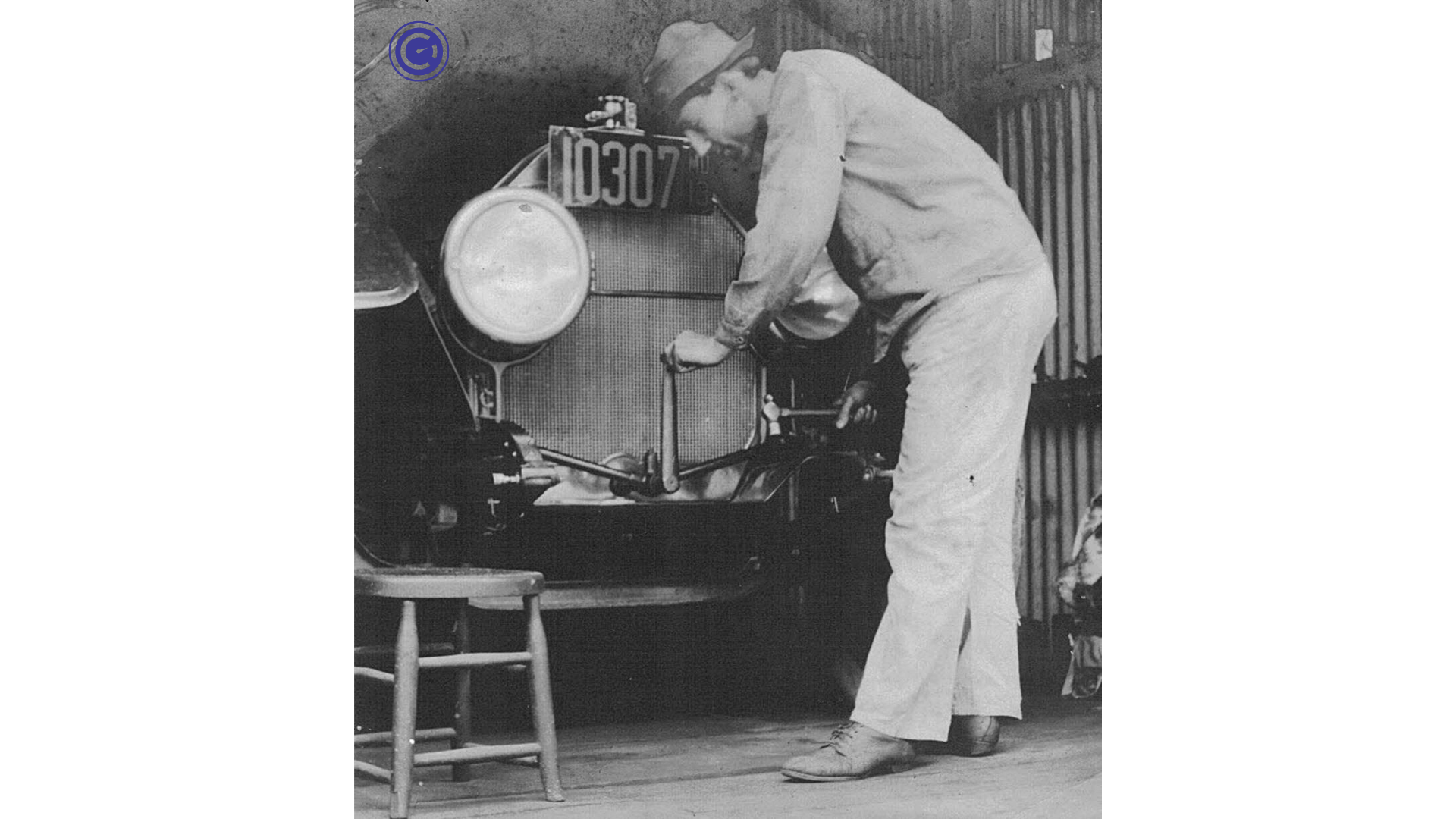
In the early days of automobiles, hand-crank starters were the primary means of igniting the engine. Motorists would physically rotate a crank to start the engine, a process that required physical exertion and sometimes resulted in injuries. However, advancements in technology brought forth electric starters, rendering hand-crank starters obsolete. With the push of a button or twist of a key, engines could be effortlessly ignited, eliminating the need for manual labor.
Manual chokes
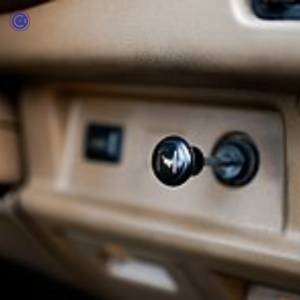
Manual chokes were integral to the functioning of carbureted engines. They controlled the air-fuel mixture during cold starts by adjusting the flow of air into the carburetor. As fuel injection systems replaced carburetors, automatic chokes became the norm, eliminating the need for manual adjustment. The precise control and efficiency offered by fuel injection systems made manual chokes redundant, making them another obsolete feature.
Running boards
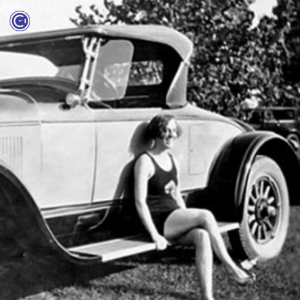
Running boards were a practical addition to early vehicles, providing an extra step to assist passengers in entering or exiting higher-bodied cars. They were positioned along the sides of the vehicle, extending outward from the body. However, as automotive designs evolved, running boards became less necessary. Lower car heights, combined with the integration of steps into the body design or the use of retractable side steps, eliminated the need for separate running boards.
Bench seats
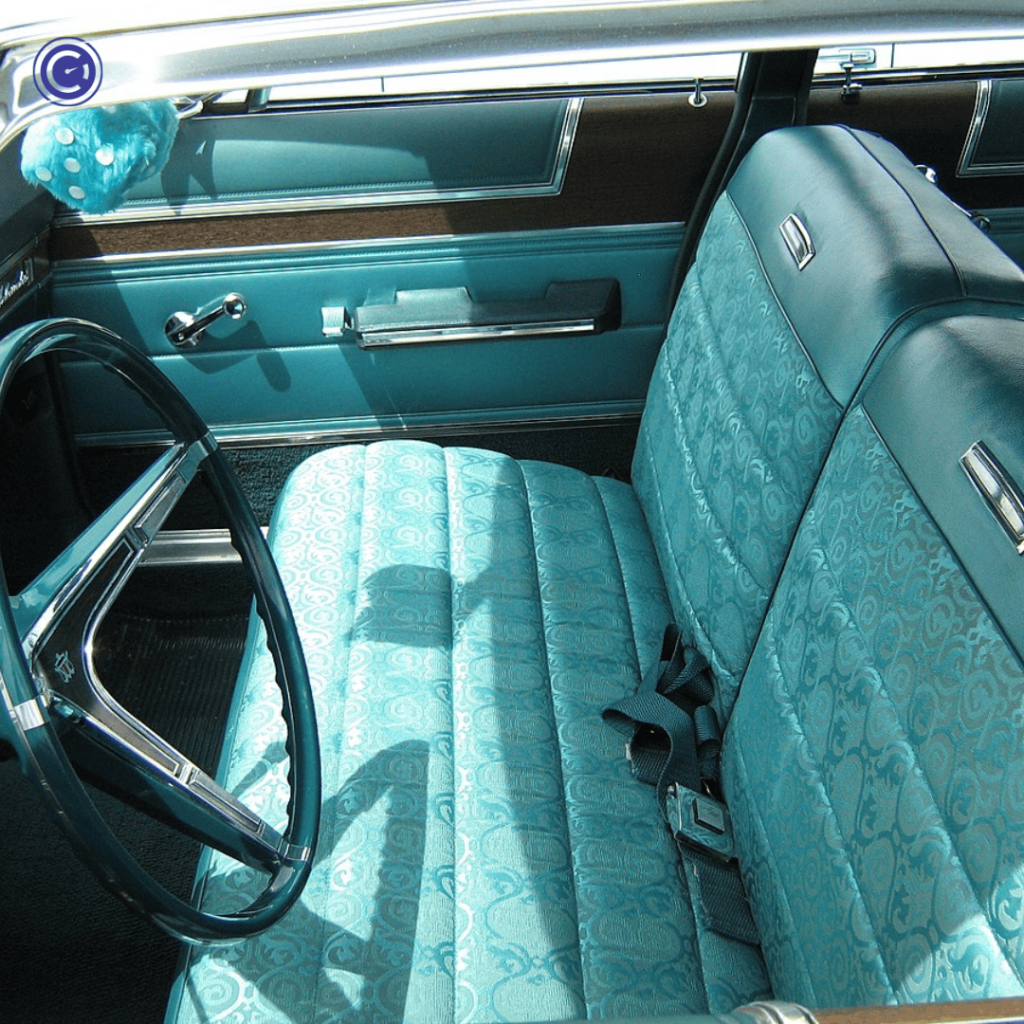
A hallmark of classic cars, bench seats offered a single continuous seat without individual divisions. They allowed for greater seating capacity and a sense of togetherness among passengers. However, evolving consumer preferences for individual comfort and customization led to the gradual decline of bench seats. Bucket seats, with their ergonomic design and adjustable features, gained popularity, providing enhanced support and personal space for both the driver and passengers.
Vent windows
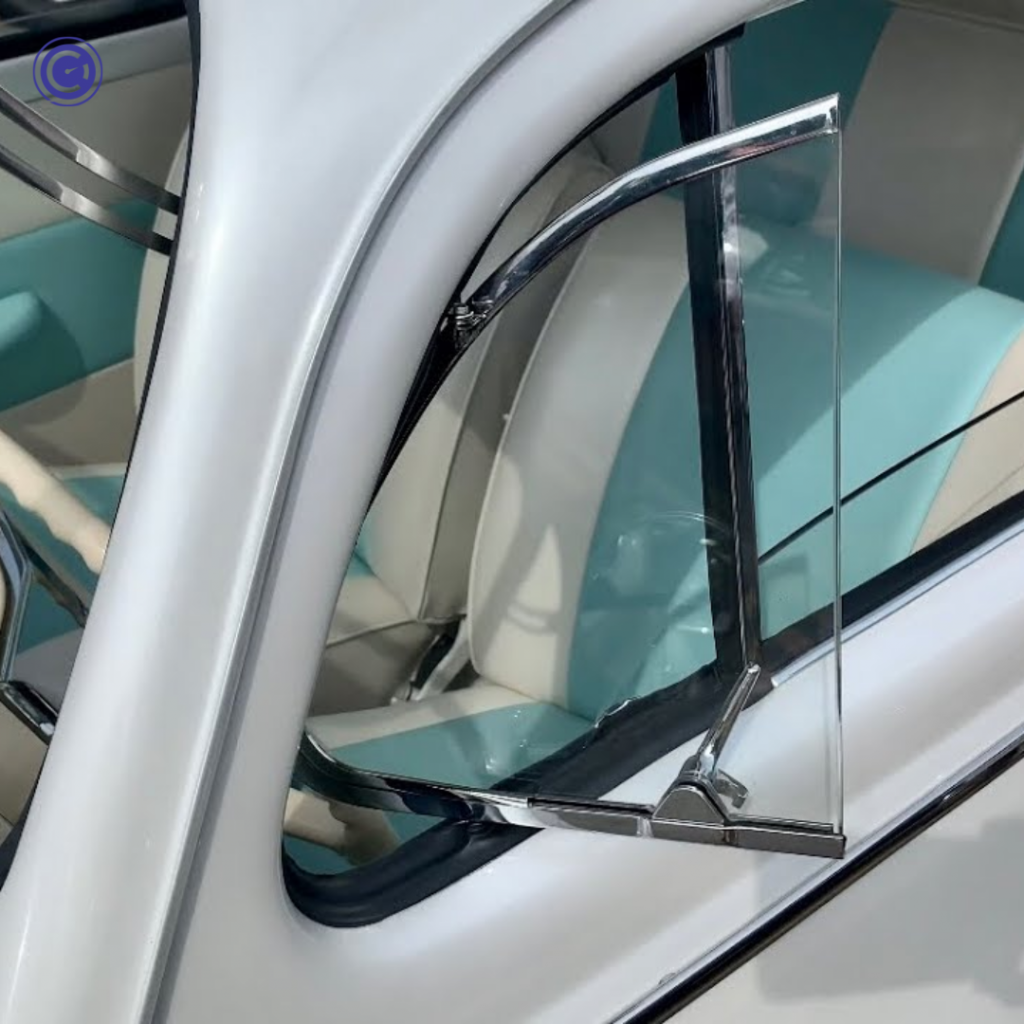
Vent windows, also known as wing windows, were small, triangular windows located near the front windows of cars. They provided additional ventilation and airflow within the cabin. However, advancements in automotive air conditioning systems, offering superior climate control, led to the decline in the need for vent windows. Sealed cabins with efficient cooling and heating systems became the norm, rendering vent windows obsolete.
Hand-operated windshield wipers
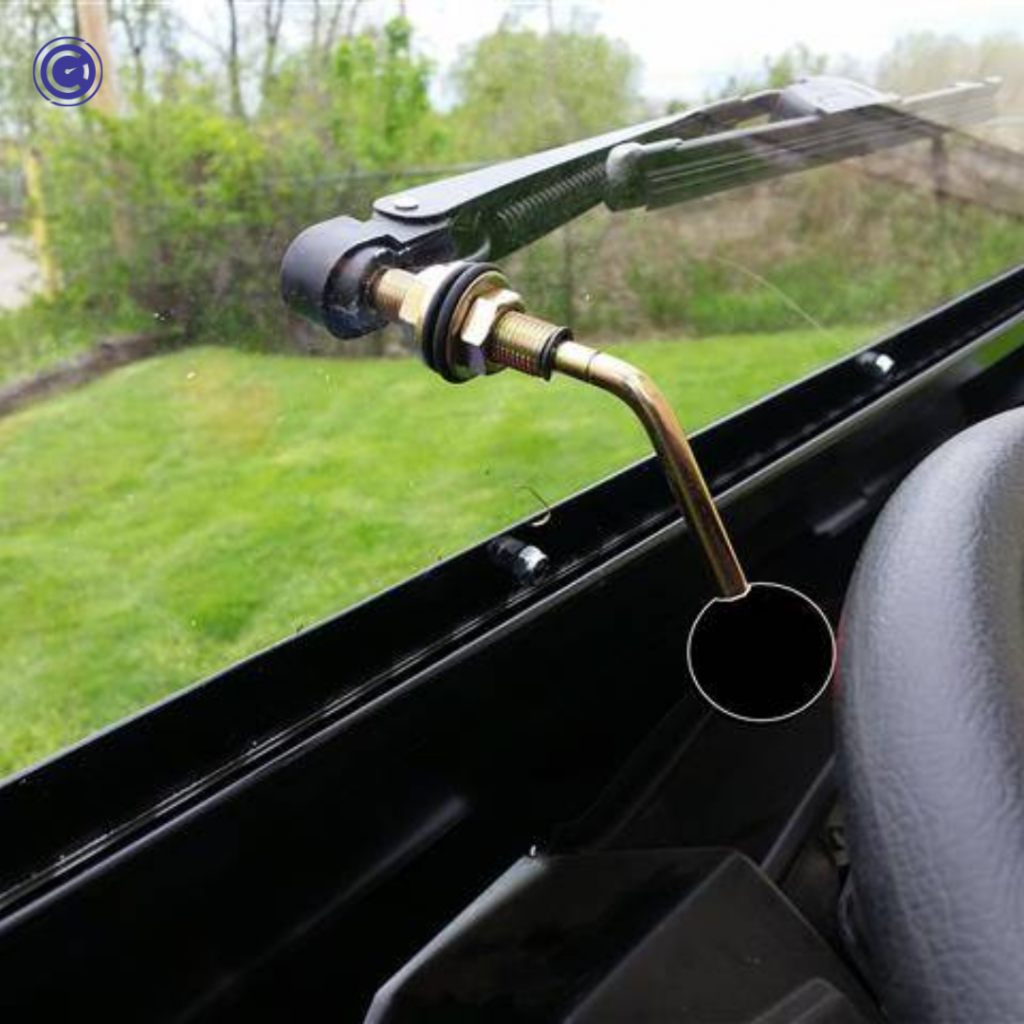
In early automobiles, windshield wipers were manually operated by a lever or handle inside the vehicle. Drivers had to physically move the wiper across the windshield to clear rain or debris. However, advancements in automotive technology introduced electric windshield wipers, which offered automatic and more efficient operation. With the ability to adjust speed and intermittent wiping, electric windshield wipers became the standard, rendering hand-operated wipers obsolete.
Tail fins

Tail fins were a prominent design feature in cars during the 1950s and 1960s. They were elongated, upward-extending structures positioned at the rear of the vehicle. Tail fins were primarily decorative, intended to evoke a sense of speed and aerodynamic styling. However, changing design trends and evolving consumer preferences led to their gradual disappearance. Automakers shifted towards sleeker, more streamlined designs, abandoning the extravagant tail fins for a more modern and refined aesthetic.
Cassette players
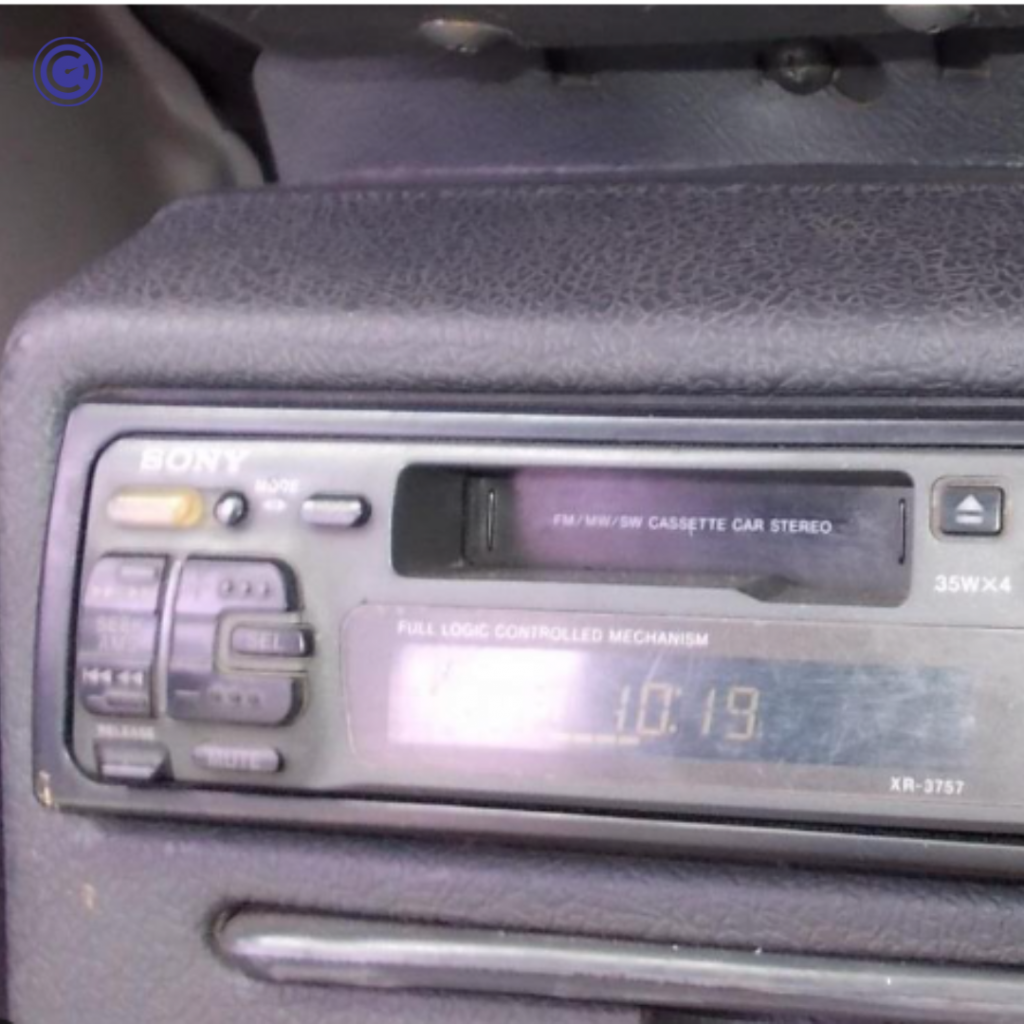
Cassette players revolutionized in-car entertainment by allowing drivers and passengers to listen to music on the go. They were widely used in vehicles from the 1970s through the 1990s. However, the advent of CDs, followed by digital music formats and streaming services, made cassette players obsolete. Compact and digital music storage systems offered superior sound quality and convenience, leading to the integration of CD players and, eventually, MP3 players and Bluetooth connectivity in modern car audio systems.
Ashtrays and cigarette lighters
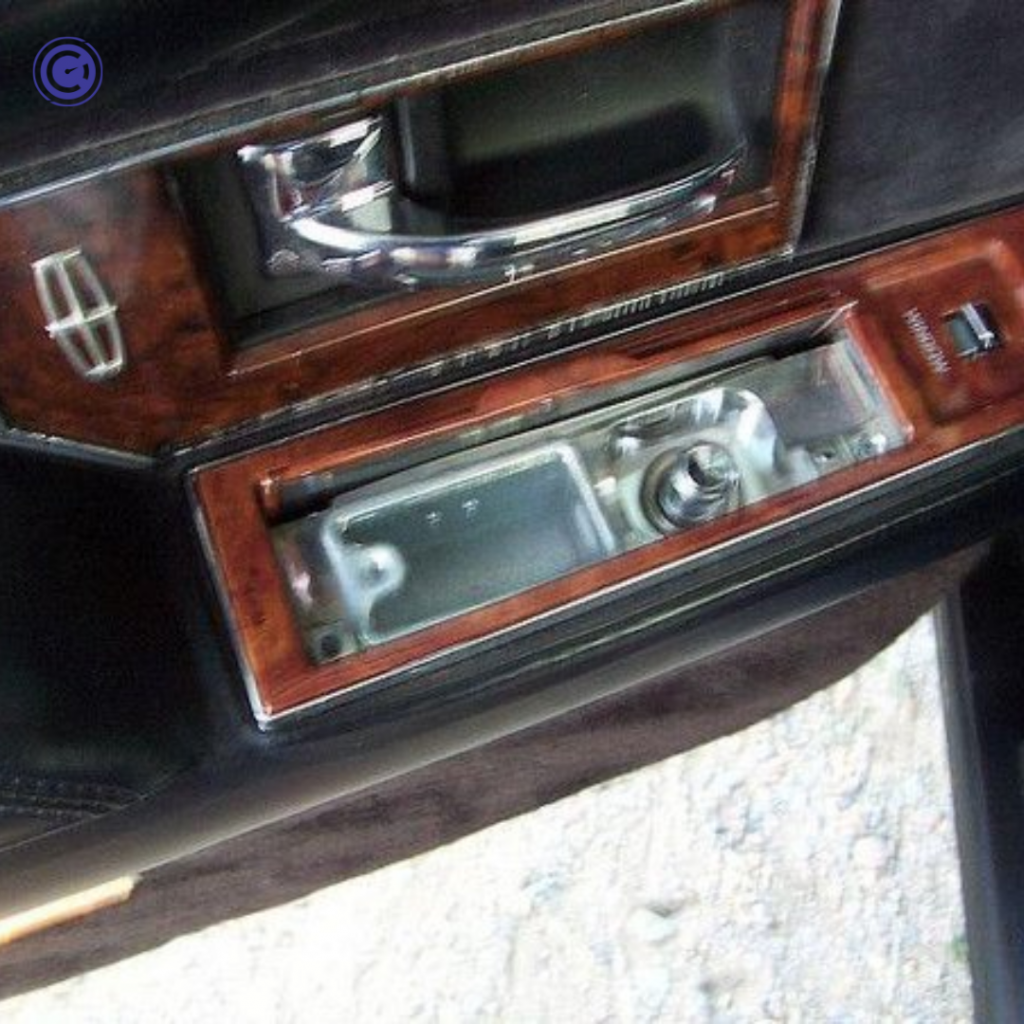
In the past, it was common for vehicles to have dedicated ashtrays and cigarette lighters to accommodate smokers. However, as awareness of the health risks associated with smoking increased and stricter regulations were imposed, the prevalence of smoking in vehicles declined. Consequently, ashtrays and cigarette lighters have been phased out in favor of more versatile storage compartments and power outlets for charging electronic devices.
Manual windows
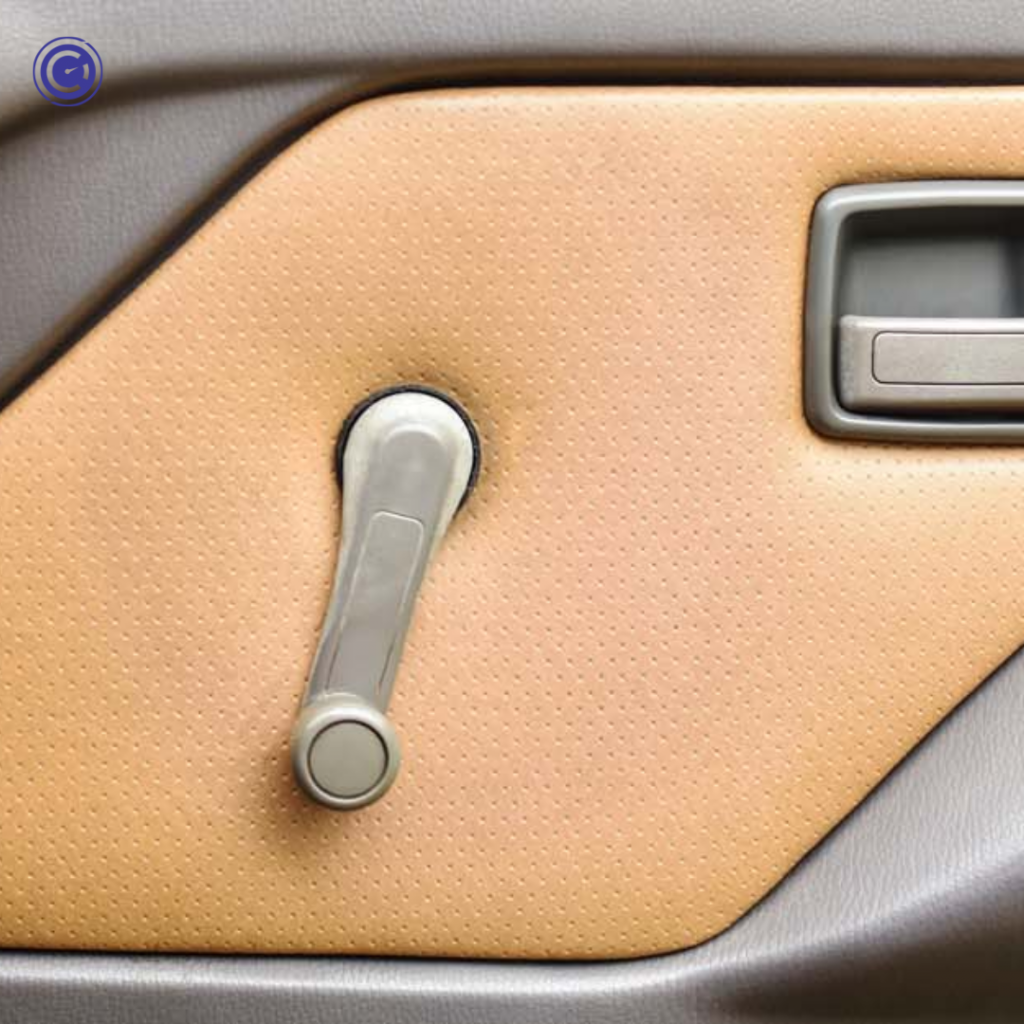
In older cars, manual windows required occupants to physically rotate a crank handle to raise or lower the windows. This feature was prevalent before the introduction of power windows. However, advancements in automotive technology brought about the convenience of power-assisted windows, allowing for effortless window operation with the push of a button. Power windows have become the norm in modern vehicles, offering greater ease of use and control for passengers, rendering manual windows a relic of the past.
Carburetors
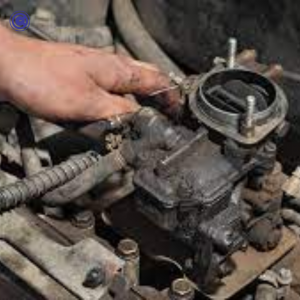
Carburetors were essential components of the fuel delivery system in older vehicles. They mixed fuel and air to create a combustible mixture for the engine. However, as technology progressed, fuel injection systems replaced carburetors. Fuel injection systems provide more precise fuel delivery, resulting in improved fuel efficiency, emissions control, and engine performance. The transition to fuel injection rendered carburetors obsolete, making way for more efficient and sophisticated engine designs.
Non-collapsible steering columns
Early automobiles featured rigid steering columns that did not collapse or absorb impact during a collision. This design posed a significant safety risk to drivers, as it could lead to severe injuries in the event of a frontal crash. With advancements in safety regulations and technology, collapsible steering columns were introduced to reduce the risk of injury. Collapsible steering columns are designed to collapse or retract upon impact, minimizing the force transmitted to the driver. The implementation of collapsible steering columns in modern vehicles has significantly enhanced driver safety, rendering non-collapsible steering columns obsolete.
Side-facing rear seats

In the past, some vehicles featured rear seats that faced sideways instead of forward or rearward. This seating configuration was primarily found in station wagons or large sedans. However, due to safety concerns and the desire for improved passenger safety and comfort, side-facing rear seats have become obsolete. Modern vehicles prioritize forward-facing or rearward-facing seats, which offer better crash protection, visibility, and passenger comfort.
Manual steering
Manual steering systems required drivers to exert physical effort to turn the steering wheel, providing a direct connection between the driver and the vehicle’s maneuverability. However, the advent of power steering systems revolutionized the driving experience. Power steering utilizes hydraulic or electric assistance to reduce the steering effort required by the driver, resulting in smoother and more effortless steering. The widespread adoption of power steering in modern vehicles has made manual steering obsolete.
Bias-ply tires
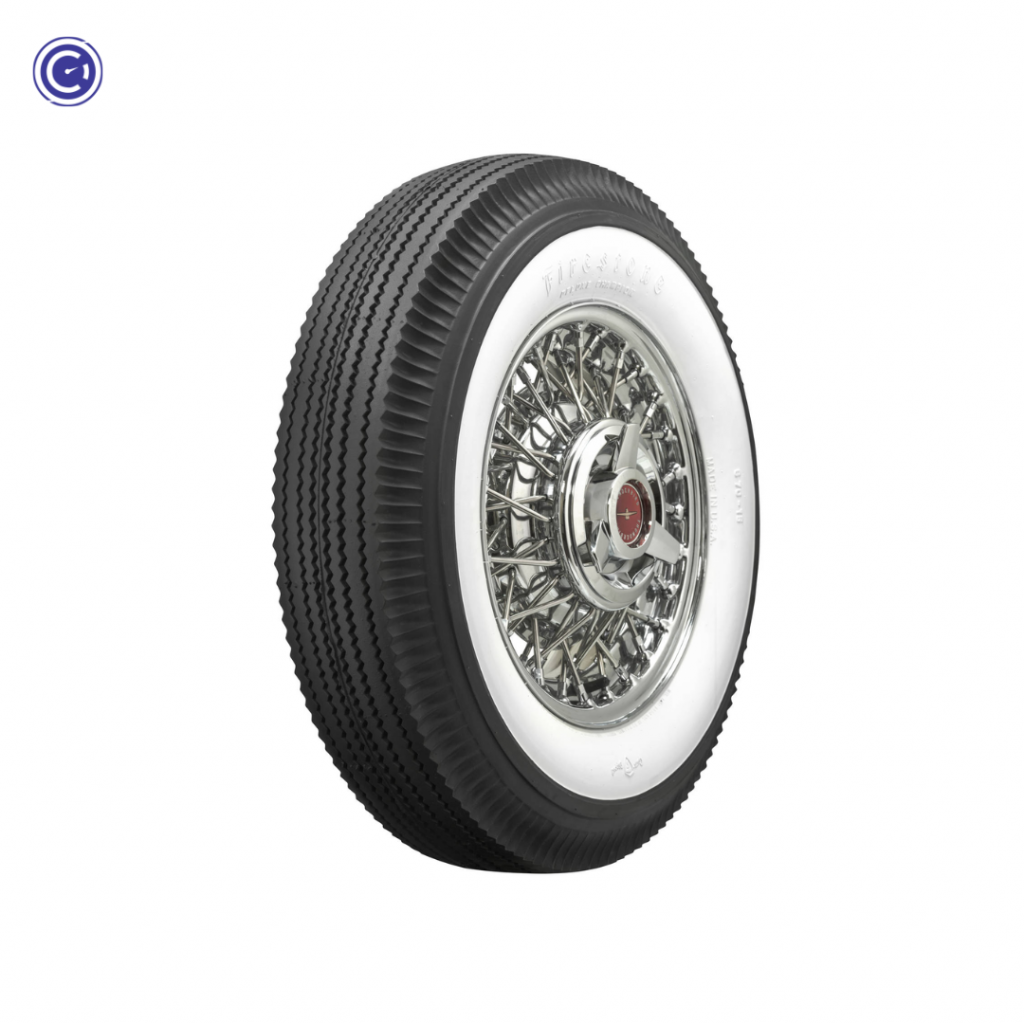
Bias-ply tires were commonly used in older vehicles and had construction in which the tire cords were arranged diagonally across the tire. These tires provided durability and stability but were less fuel-efficient and had a rougher ride compared to their modern counterpart, radial tires. Radial tires feature a radial cord construction, providing better grip, improved fuel efficiency, and a smoother ride. As a result, bias-ply tires have largely been replaced by radial tires in modern vehicles.
Non-collapsible safety glass
In the past, non-collapsible safety glass, also known as tempered glass, was used in vehicle windows. While it provided some degree of safety, it could shatter into sharp pieces upon impact, posing a risk of injuries. The development of laminated safety glass, composed of two layers of glass with a layer of plastic in between, revolutionized automotive safety. Laminated safety glass offers enhanced impact resistance, better protection against shattering, and improved occupant safety. Consequently, non-collapsible safety glass has been replaced by laminated safety glass as the industry standard.
Manual timing advance controls
Manual timing advance controls allowed drivers to manually adjust the ignition timing of the engine. By rotating a dial or lever, they could advance or retard the timing to optimize engine performance under different driving conditions. With the advent of electronic engine management systems and the use of knock sensors, timing advance became a function controlled by the engine’s computer. The computer constantly monitors various parameters and adjusts the timing accordingly, rendering manual timing advance controls unnecessary.
Manual fuel mixture controls
In older vehicles with carburetors, manual fuel mixture controls provided the ability to adjust the air-fuel ratio to suit different driving conditions. Drivers could fine-tune the mixture for optimal performance and fuel efficiency. However, the introduction of electronic fuel injection systems brought precise fuel control based on real-time data from sensors. Electronic systems continuously monitor engine conditions and adjust the fuel mixture accordingly, eliminating the need for manual fuel mixture controls.
Manual spark advance controls
Manual spark advance controls allowed drivers to adjust the timing of the ignition spark manually. By altering the spark advance, drivers could optimize engine performance and fuel efficiency. As engine management systems became more sophisticated, they took over the task of spark timing control. Electronic ignition systems and engine computers now analyze engine parameters and make instantaneous adjustments to achieve optimal spark timing, rendering manual spark advance controls obsolete.
Hood ornaments
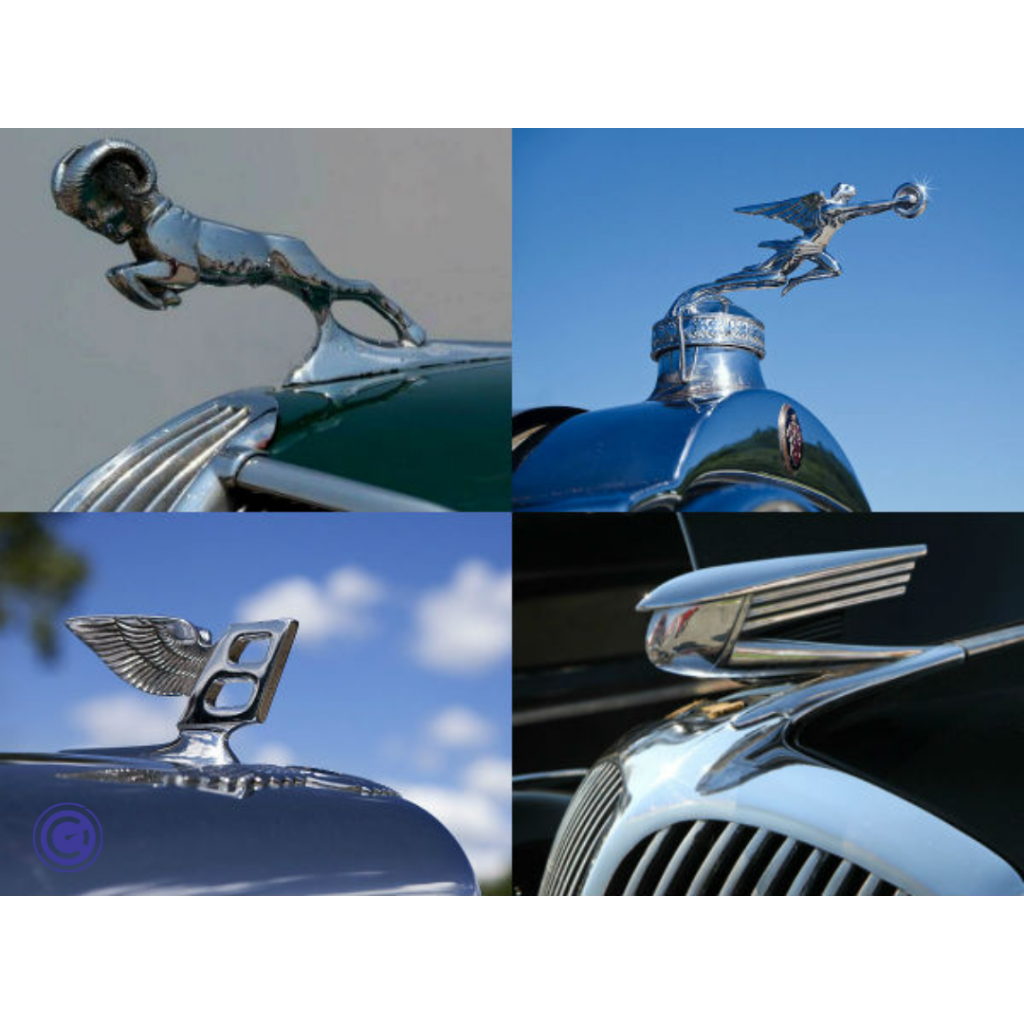
Hood ornaments, also known as mascots, were decorative emblems or figures mounted on the front hood of vehicles. They added a touch of elegance and personalization to the car’s design. However, due to concerns regarding pedestrian safety, many automakers began phasing out hood ornaments. The protruding nature of these ornaments posed a risk of injury in the event of a collision with a pedestrian. In response to safety regulations and design considerations, automakers shifted towards sleeker, more aerodynamic designs, reducing the prominence of hood ornaments and opting for alternative branding methods.
Manual antennas

Manual antennas were once the primary means of receiving radio signals in vehicles. They required manual extension or retraction by the driver or passengers to optimize signal reception. However, the advent of power antennas and integrated antennas rendered manual antennas less common. Power antennas, controlled by a switch inside the vehicle, allowed for automatic extension and retraction, eliminating the need for manual adjustments. With technological advancements and the rise of integrated antennas built into the vehicle’s body or rear window, manual antennas became obsolete.
Manual exterior mirror adjustments
In the past, exterior mirrors on vehicles required manual adjustment. Drivers had to manually manipulate the mirror’s position from inside the car to achieve optimal visibility. However, power mirror adjustments have replaced manual adjustments in modern vehicles. Power mirrors feature motors that allow drivers to adjust the mirror’s position with the push of a button, enhancing convenience and providing precise control. Some modern vehicles even include advanced features such as auto-dimming and memory functions for mirror adjustments, further improving safety and comfort.
In conclusion, the evolution of car features has brought about significant changes in the design, functionality, and safety of modern vehicles. As we’ve explored, features such as hood ornaments, manual antennas, and manual exterior mirror adjustments have become less common or obsolete in today’s automotive landscape. The prioritization of pedestrian safety, advancements in technology, and the quest for convenience have all played a role in the replacement of these features.
These changes reflect the automotive industry’s commitment to safety, innovation, and customer satisfaction. By adapting to evolving regulations and consumer demands, car manufacturers have successfully integrated advanced technologies and improved design aesthetics. The obsolescence of these features serves as a reminder of the progress made in the automotive field.
As we look ahead, it’s evident that the automotive industry will continue to embrace new advancements and adapt to changing needs. The focus on safety, convenience, and efficiency will drive the development of future car features. Whether it’s the implementation of autonomous driving systems, advanced connectivity features, or sustainable powertrain technologies, the evolution of car features will remain a constant theme in the ever-changing automotive landscape.
So, as we bid farewell to the nostalgic charm of obsolete car features, let’s embrace the exciting innovations that shape the vehicles we drive today and tomorrow. With each passing era, the automotive industry moves closer to the realization of safer, smarter, and more sustainable transportation solutions.
Obsolete car features have made way for progress, leaving their mark on the history of automobiles. As we move forward, we remember their contributions and anticipate the future with anticipation, knowing that the cars of tomorrow will continue to exceed our expectations in terms of safety, technology, and overall driving experience.

